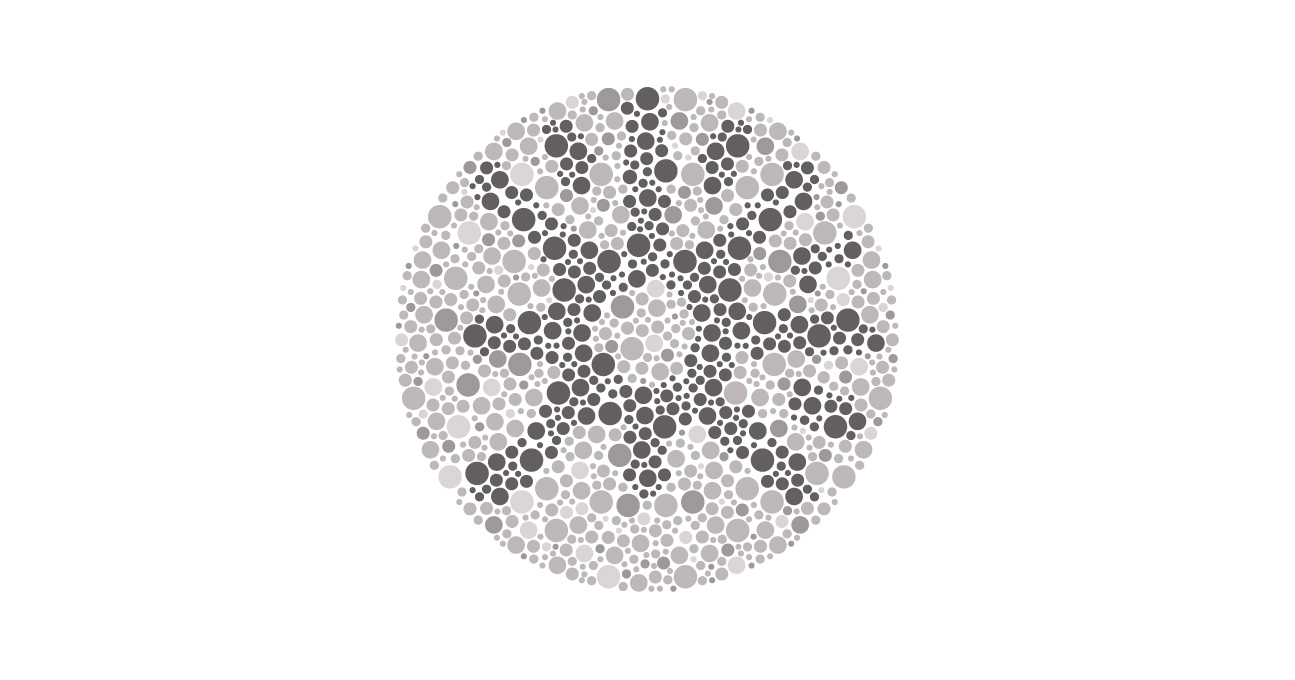Accessibility – No Need to Accommodate

I'm a content guy. Not only do I love words, but I understand their power. I've had the distinct honour and pleasure to play a key role in Digital Echidna's accessibility efforts, including presenting today at the Conference Board of Canada's "Making Employment Practices More Accessible in Ontario" workshop, held at the London Convention Centre.
And when it comes to accessibility, we need to change our frame of reference -- specifically when it comes to the use of one term. After all, accessibility is not about accommodation.
Today I had the honour of following Sarnia mayor Mike Bradley, who in his speech talked about some terms that he was not fond of – 'accommodate' being one of them. In my presentation, I also touched on this topic because accommodation, whilst being a term frequently used in AODA legislation itself, is not reflective of the power, potential, and impact of accessibility efforts.
Accommodate, to me, has a negative sense. It implies that there is a 'normal' way to do something. For those who fall outside of that narrow spectrum of normalcy, there is then a need to accommodate – or, as Mayor Bradley said, to "do something special."
In reality, accessibility efforts should be what's considered normal. It's not even truly about creating a level playing field, but rather accessibility is about finding the tools and resources to help people express their talents and share their skills to their maximum ability.
We all have barriers to optimal effectiveness – the key to business success is finding ways to overcome them. Our barriers can be emotional, mental, or physical – we all face obstacles, both real and perceived. Normal should be about ensuring that all of us are provided the tools and resources we need to succeed.
And that attitude extends to our customers and clients.
At Digital Echidna, we're proud of our efforts in accessible Web design. But beyond being the right thing to do (or even the legally required thing to do in some cases), we can focus on the business case of why accessible design is actually beneficial to your business' bottom line. From improved site design for search engine optimization efforts, to better integration with mobile devices, to better structured and intuitive content strategy, accessible Web design works – for everyone.
In today's presentation, we received many ideas about how to integrate for the masses so that the few would not feel singled-out. It can be as simple as asking all employees – whether or not they have a visible disability – if they require support or assistive devices. Or it can be as simple as including a simple statement on job postings that indicates your company is committed to fostering and accessible workplace environment, and that you are committed to supporting the needs of all employees.
When providing support for all employees needs is considered the baseline normal corporate behaviour, then the hiring process can focus solely on the best candidate. The only consideration becomes "what value does this person bring to the team?" Just as hiring should be blind to sex, colour, age, and religion, so too should it be to disability – and by reframing the behaviour to focus on providing support to all, you can create a culture of excellence.
Sure, you may already do that and believe it – but putting it in writing and ensuring it's the expectation for everyone goes a long way into making this the new normal.
As Laura McKeen of Cohen Highley LLP stated, accessibility efforts are designed to keep talented employees productive. Able-bodied or disabled, we all need tools, resources, and support systems in place to ensure that we can succeed.
Framed in that manner, there's nothing 'extra' needed or given. No one requires accommodation. It's just working together to ensure everyone has the tools they need to maximize their talents and amplify their abilities.
That's not accommodation; it's creating an environment for everyone's success. And that is what should be considered normal.
How do I support disabled workers?
What is accessibility?
Is accommodate a negative term?
SUBSCRIBE TO OUR E-NEWSLETTER
 Subscribe
Subscribe


